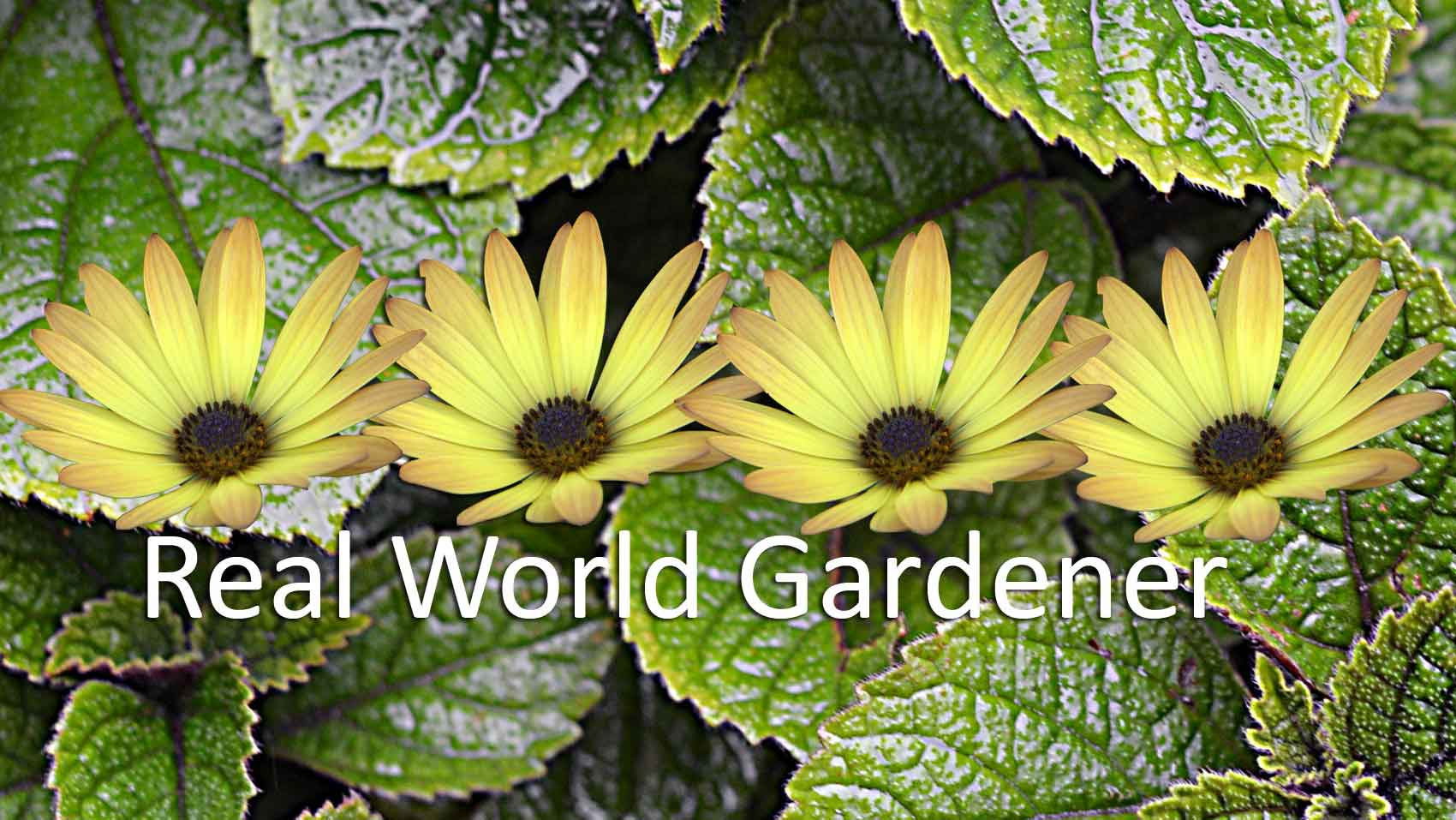More Slime Moulds part 2 in Plant Doctor
Description
Slime Moulds part 2
The podcast continues with the topic of slime mould but particularly, about the slime mould called phytophthora.
Did you prick up your ears?
Yep, that’s the root rot known as phytophthora which gardeners dread.
Gardeners are often told that phytophthera, in particular Phytophthera cinnamomi, is a fungi but it's actually a water mould. You may have even heard it called 'root rot.'
Phytophora is a particular slime mould that belongs to a group or Phyllum called Oomycota
This group are moulds that can only move in water columns.
Phytophthora cinnamomi lives in the soil and in plant tissues,
During drought or prolonged dry periods , the organisms become dormant chlamydospores which is just a resting spore of Ascomycota.
When environmental conditions are suitable, the chlamydospores germinate, producing mycelia (or hyphae) and sporangia.
The sporangia ripen and release zoospores, which infect plant roots by entering the root behind the root tip.
This organism is very resistant to most chemicals that gardeners can throw at it and doesn't die with soil disturbance..
Dieback of branches of whole shrubs or trees is often seen in the Australian bush.
Should you ever see branch dieback in your trees or shrubs or stem dieback in your tomatoes, it just may be due to a problem called root rot that is actually a slime mould.
The best way Botanic gardens have dealt with it is by fencing off affected beds within the gardens so horticulturists and the public don't transfer the spores around the the gardens or indeed, back home to their own gardens.
Drainage was also improved in garden beds so that the organism wasn't able to stay 'live' or active.
Compost is also added to soil to improve the soil so the microorganisms can combat this slime mould.
Let’s find out more by listening to the podcast.
I'm talking with Steve McGrane, horticulturist and agriculturist.
So know you know the facts and myths about Phytophthera and how to deal with it in your garden.
If you have any questions about slime mould or some feedback why not email us [email protected] or write in to 2RRR PO Box 644
More Episodes
Host Marianne talks with arboriculture consultant Glenice Buck about the first steps in managing the health of your trees.
Published 08/04/24
Published 08/04/24
KITCHEN GARDEN SEGMENT on REAL WORLD GARDENER radio show
Scientific Name: Rungia klossii
Common name: Mushroom plant
Family: Acanthaceae
Origin: New Guinea
Rungia klossii is an evergreen Perennial growing to 0.6 m x 0.6 m at a medium rate.
Soils: Suitable for: light or sandy, medium (loamy)...
Published 06/26/23


